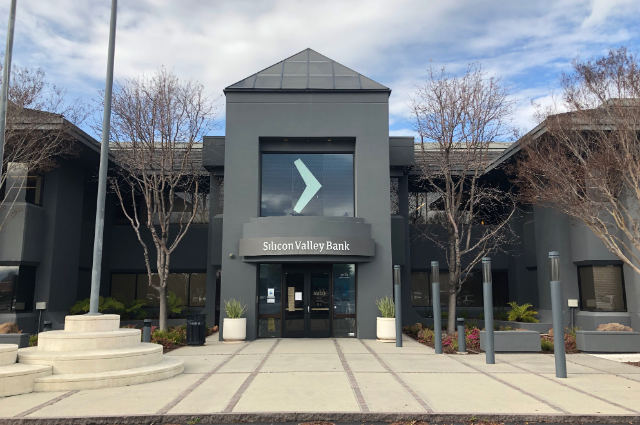After the Washington Mutual failure in 2008, America saw its second most significant bank failure this year on 10 March 2023. The Silicon Valley Bank failure - a case of all sorts of Bads: Bad planning, Bad timing, and sheer Bad luck. Silicon Valley Bank – a commercial bank headquartered in Santa Clara, California, was founded in 1983. This was not the first time this bank faced a fiscal crisis; in 1992, the bank incurred a loss of 2.2 million dollars. This was primarily because of poor investment choices. They had invested more than half of their portfolio into real estate, which collapsed in 1992. However, this loss was managed, and the bank learned from its lessons and started to invest in startups, quite fitting for a bank near Silicon Valley, the hub for technological innovation. But what came after 2023 left no doors opened for the bank. This article breaks down the what, why, and how of the 2023 failure.
In March 2023, two banks in the USA collapsed, The Silicon Valley Bank in California and the Signature Bank in New York. Following the failure of Silicon Valley Bank, depositors became concerned about Signature Bank's health due to the substantial number of uninsured deposits and its exposure to crypto and other tech-focused loans. The regulators hence decided to close the bank. With that, the Signature Bank became the Third biggest bank failure in US history. As for the primary focus of this article, The Silicon Valley Bank (SVB) failed for many reasons, all intricately connected more like a tale of tragedy.
Back in the time of the Covid pandemic, two important things happened. First, the US Fed lowered the interest rates of the bonds to control the disturbed economy; second, the tech startups got many investments from venture capitalists. Since the Silicon Valley bank was the banker for most Silicon Valley startups, the money that the startups got from the investors was deposited into the Silicon Valley bank. This was a dream for the bank. However, what went wrong was their investment in the deposits. It is estimated that in March 2021, SVB's total deposits increased to 124 billion dollars from 64 billion dollars. The time was great for startups as they were getting funding and, consequently, for SVB. However, it can be deduced that SVB could have handled the money better, the bank primarily invested in long-dated treasury bonds and mortgage-backed securities. The catch is that these were 'held till maturity' investments implying that exiting from the investment before maturity will cause a heavy penalty for SVB yet, they invested 91 billion dollars in the same.
To make matters worse, The US Fed increased the interest rates to curb inflation, loans seemed less attractive to people. Due to the massive layoffs in recent big startups, startups were not receiving funding and were looking to cut costs; hence, to manage the day-to-day operations, they now wanted to withdraw their money from SVB. However, SVB needed more deposits to meet the withdrawals as their money was stuck in the held-till-maturity investments, which consequently gave low returns and caused heavy losses once SVB tried to exit from them to pay to the costumers. Moreover, when the news spread in the market, more people started withdrawing, and the bank's shares dropped, eliminating its chances of raising money through its shares. Hence finally Federal Deposit Insurance Corporation, which had insured the bank, took over and created a new bank, the National Bank of Santa Clara, to hold Silicon Valley bank's assets and other deposits (around 175 billion dollars) and continue the day-to-day business and curb the Impact of it on the customers. Joe Biden also assured its citizens that their money would be safe, reducing the customers' stress.
However, the stock prices of US Banks have decreased, and so did the companies that used Silicon Valley Bank. Many Indian startups who deposited their money in the bank are tense too. A merger is said to be a solution on the charts for the bank. There is speculation comparing this bank's failure to the 2008 financial crisis; however, it is quite different from that case; its Impact cannot be measured yet; however, with the takeover by FDIC and the government's assurance, the Impact shall not be as intense as the 2008 crisis.

